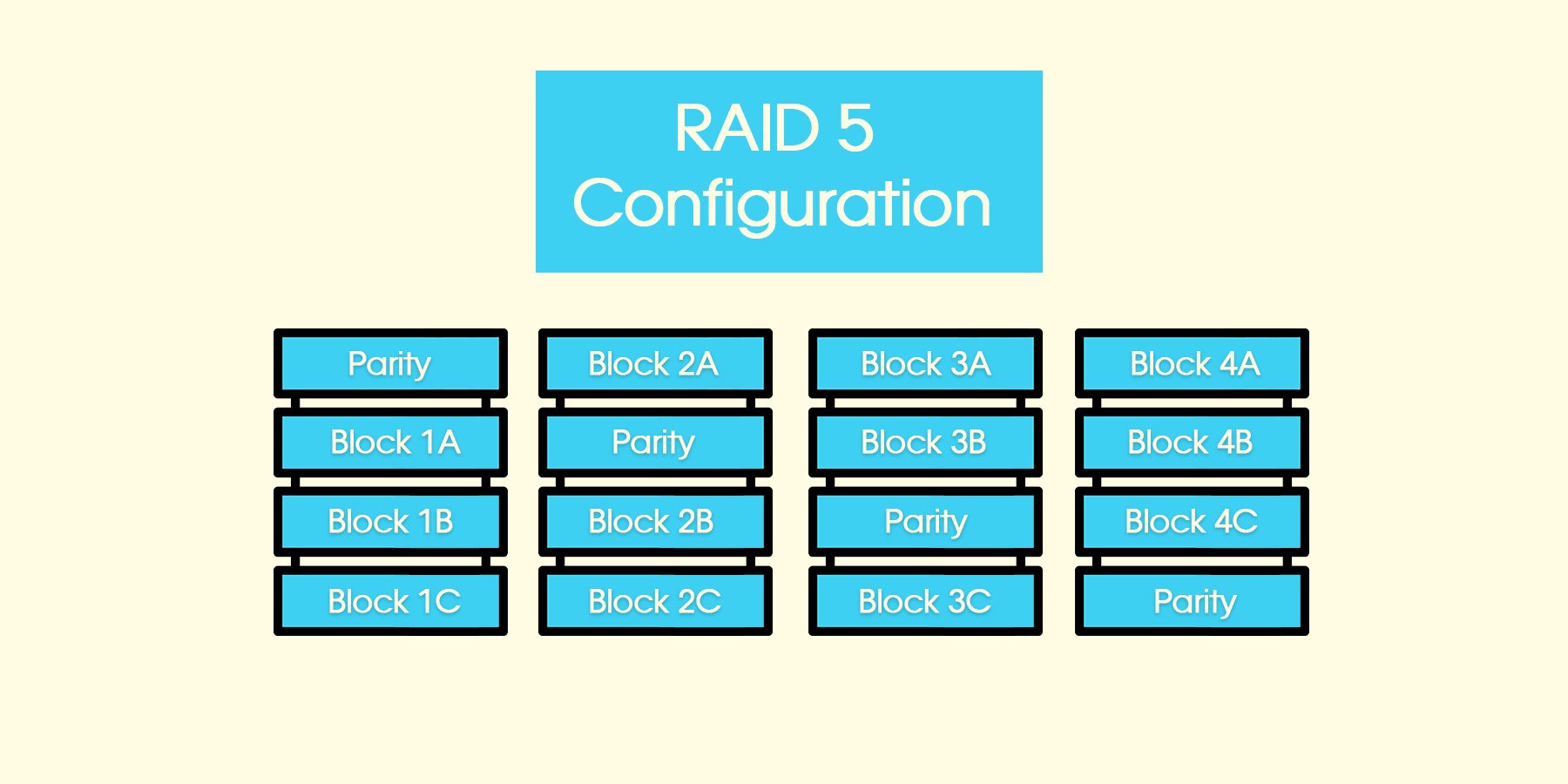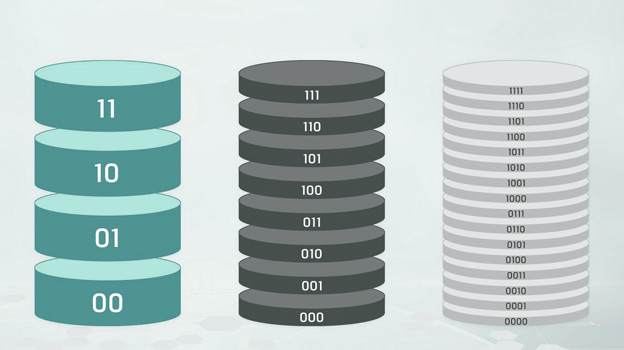
Assuming you used a computer before, chances are that you have also used at least some sort of media that contains NAND flash memory. Things like USB drives, thumb drives, flash drives, SD cards, micro SD cards, even mobile phones. Yep your iPhone or Android stores data on an advanced managed type of NAND flash memory.
Now that we are on track, let’s talk about the types of NAND flash memory there are. There are 5 different types of them, and the number will most likely only grow as technology advances.
So what are they and what are the differences?
SLC, MLC, TLC, QLC, and V-NAND.
To better understand the whole concept of NAND flash, I will try to explain it more in laymen terms. The analogy is simple – think of data (1s and 0s) as people and NAND flash cells that carry and store those 1s and 0s are living space.
1. SLC (Single Level Cell) So this is a single cell that can store data, pretty straight forward.
2. MLC (Multi Level Cell) As the name suggests, now we are talking about multiple rooms that store data. Or simply put multiple rooms that provide living space to people. Although it was probably a better idea to call these DLC since it’s two rooms, two cells.
3. TLC (Triple Level Cell) You got it. Three rooms and people sharing them. Three cells that store the 1s and 0s.
4. QLC (Quadruple Level Cell) Fill in the lines here.
5. V-NAND. (3D Level Cell) Don’t worry the analogy is still the same. Now instead 4 rooms, we are talking about a whole house or an apartment building that provide living space for those 1s and 0s.
Now that you know what they are and how the data gets stored on these chips, it’s time to talk about the challenges of recovering data from them.
It’s actually a more or less simple analogy as well. The less cells the easier it is to recover data. The more complex the fragmentation over these cells happen the harder it gets to recover data from these cells.
Take a look at this image here, this is an example or different RAID configurations.

Now the second one here is the image pertaining how the data is stored between the different types of NAND flash types. See the similarities? Yep, it works in a very similar way, and recovering data from say RAID 1 or 0 can be a quick and simple task, recovering data from RAID 5, 6, or 10 can become a serious nightmare.

Same analogy goes with NAND flash drives. The more cells there are, the harder it is for engineers to read them in full and successfully dump them for software reconstruction. This is why a lot of the newer flash drives or SSD drives get automatically rendered unrecoverable.
Getting a 8GB drive with tired NAND flash cells or faulty controller can be a challenging task that in some cases can take months to successfully read and dump for software reconstruction.
Now think of recovering data from a 256 GB flash drive. This is precisely why it is normal for people to assume that recovery from flash drives is a piece of cake. If you do research you will come to a conclusion that most companies, data recovery firms will not even engage in recovering data from high capacity flash drives, because in general people are not willing to spend a lot of money recovering them, solely due to massive time consumption hence extremely high price quotes.
Leave comments below if you got any or if you have something to add.
